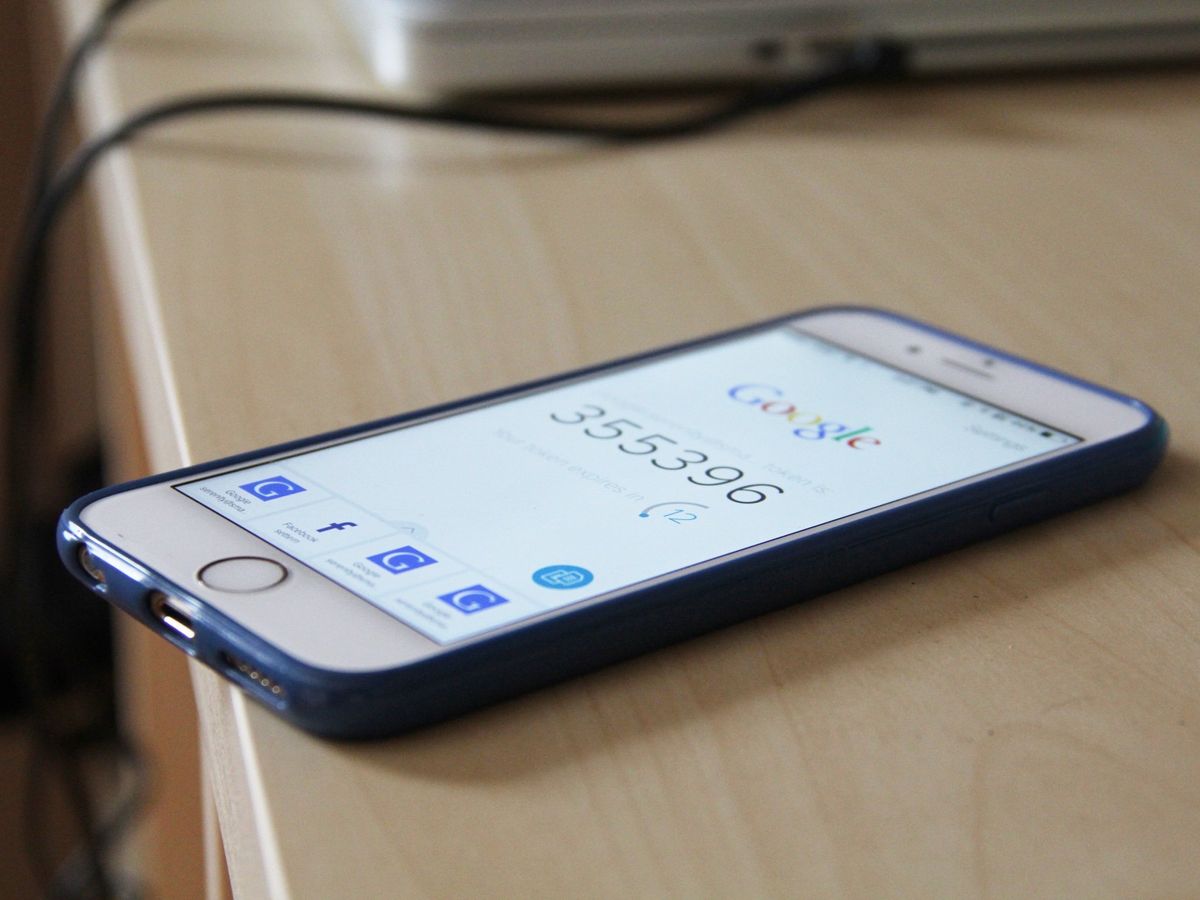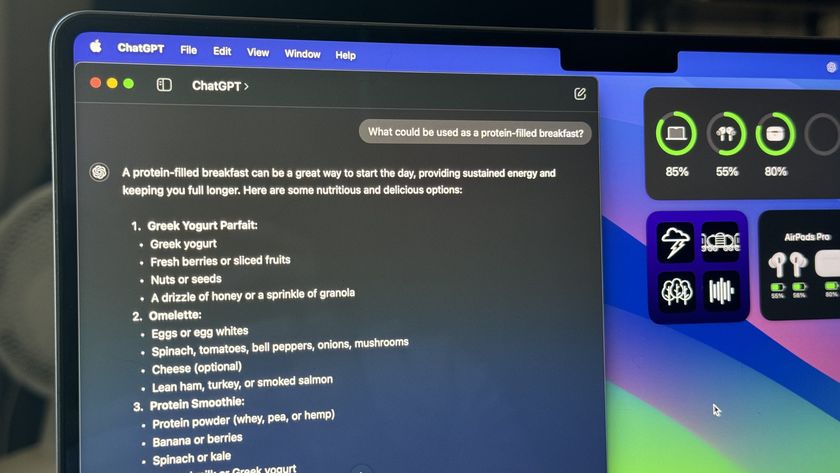Google Authenticator can now hide your 2FA codes behind Face ID & Touch ID

What you need to know
- Google Authenticator can now require Face ID or Touch ID authentication before displaying 2FA codes.
- The new feature is part of version 3.2.0 that's in the App Store now.
A newly released update to the popular Google Authenticator brings support for the requirement for Face ID or Touch ID before the app will display any two-factor authentication codes.
The update brings with it the ability to search for accounts and transfer multiple accounts to another device, but it's the addition of a new Privacy Screen that's the most important here. Before, anyone with access to your iPhone or iPad could access your two-factor authentication codes. Now, you can have the app require biometric authentication first.
The full list of additions reads:
- Added the ability to transfer many accounts to a different device
- Added the ability of search for accounts
- Added the ability to turn on Privacy Screen
Two-factor authentication codes add an extra layer of protection to your online accounts because it means people need a unique code as well as your username and password to access them. They're a vital part of making sure your accounts are locked down and all good online services make use of them. Apps like 1Password and Authy already offer similar code-providing features, so Google Authenticator isn't your only option here. Just avoid using SMS wherever possible so you can stay clear of potential SIM swap issues.
You can download the updated Google Authenticator from the App Store now. It's free and well worth your time if you don't already use a similar tool.
Master your iPhone in minutes
iMore offers spot-on advice and guidance from our team of experts, with decades of Apple device experience to lean on. Learn more with iMore!

Oliver Haslam has written about Apple and the wider technology business for more than a decade with bylines on How-To Geek, PC Mag, iDownloadBlog, and many more. He has also been published in print for Macworld, including cover stories. At iMore, Oliver is involved in daily news coverage and, not being short of opinions, has been known to 'explain' those thoughts in more detail, too. Having grown up using PCs and spending far too much money on graphics card and flashy RAM, Oliver switched to the Mac with a G5 iMac and hasn't looked back. Since then he's seen the growth of the smartphone world, backed by iPhone, and new product categories come and go. Current expertise includes iOS, macOS, streaming services, and pretty much anything that has a battery or plugs into a wall. Oliver also covers mobile gaming for iMore, with Apple Arcade a particular focus. He's been gaming since the Atari 2600 days and still struggles to comprehend the fact he can play console quality titles on his pocket computer.











